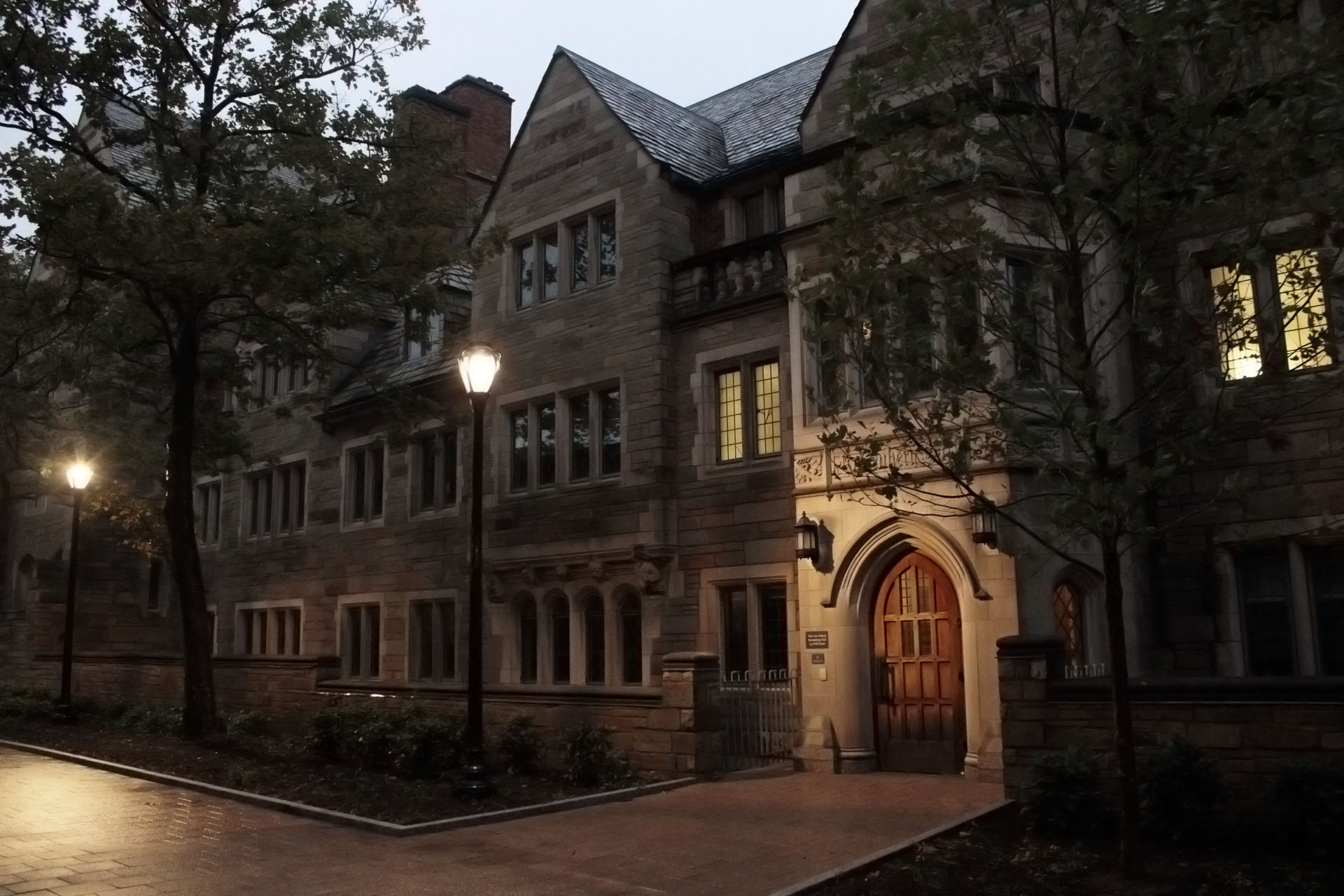
Yasmin Halmane, Contributing Photographer
As the Senate confirmation hearings for Supreme Court nominee Amy Coney Barrett continue, students from Yale Law School point to a website they created that outlines Supreme Court reform options.
In the midst of the confirmation hearings for Supreme Court Justice Brett Kavanaugh ’87 LAW ’90 during the fall of 2018, a group of YLS students approached law professor Samuel Moyn about creating a class focused on possible Supreme Court reforms. The class, which was held for the first and only time in the spring 2019 term, allowed students to explore the history of Supreme Court reforms, the scholarship behind such measures and the options that exist for changes today. The final product of the students’ research was made into a website to provide easily accessible information for academics and non-academics alike.
“Only by transferring political authority back from the Supreme Court … to the political branches of government, and through them to the American people, can we avoid the conversion of our democracy into a dispute about selecting judges,” Moyn wrote in an email to the News. “The level of authority the current judiciary enjoys wasn’t contemplated by the Constitution nor those who wrote it, but fortunately there are ways to curtail it.”
The website highlights information on nine different reform options, such as adding seats to the court, instituting term limits or creating voting rules for the justices.
It also contains an interactive quiz that matches users with a reform option depending on what concerns they have about the Supreme Court, as well as a syllabus of relevant academic papers for further research.
“I think it is really important for people to understand how weird, ahistorical and totally different than every other country our system is,” said Jesse Tripathi LAW ’21, who took Moyn’s class and was involved with launching the website. “And we don’t have to continue like that.”
Tripathi explained that in the vast majority of countries, including those whose constitutions are modeled off the U.S., the highest court does not have the power to veto any and all congressional legislation, like the Supreme Court can do in the U.S.
But beyond simply being atypical, Tripathi said the United States Supreme Court has a “broader structural issue” because the justices come from disproportionately elite backgrounds –– a total of 11 justices have attended YLS –– yet have veto power over the entire country.
“It is simply not true to suggest that altering [the Supreme Court’s] current form is radical,” Tripathi said. “It’s actually something that has happened almost every generation through American history.”
Moyn said that it appears likely that Democrats will want to add at least two seats to the Supreme Court in the wake of Barrett’s nomination, bringing the total to 11 justices. He added that, while they “have a case” for doing so, pursuing other reforms that disempower the court and reduce its jurisdiction could be beneficial to protect ordinary lawmaking from judicial interference.
“We are in such a dire situation, in terms of far-right conservatives having a stranglehold over all of government,” Tripathi said. “I’d be in favor of doing the most practical thing and adding enough seats to give [progressives] a majority.”
Moyn said that Democrats will need to implement other reforms alongside packing the court in order to prevent a “spiral of perpetual expansion.” He explained that political polarization will likely make Supreme Court reform a partisan issue, despite a history of bipartisan support for certain measures. Moyn said he sees a “possibility of universal disarmament” if reforms are implemented that bring power back to the political branches of government, which would make the parties focus on winning electoral campaigns instead of appointment battles.
Dan Stein LAW ’21, who took Moyn’s class, similarly said that some reforms may have bipartisan appeal, according to YLS Today.
“We found that Supreme Court reform has been considered by both parties throughout American history,” Stein told YLS Today. “Also, as recently as 2018, current Supreme Court justices nominated by presidents of both parties joined together in a ruling that affirmed the constitutionality of one of the reform options: changing the court’s jurisdiction.”
The website provides examples of bipartisan support for Supreme Court reforms. Namely, President Franklin D. Roosevelt, a Democrat, proposed adding seats to the court when it struck down portions of his New Deal legislation, according to the website.
The website also says that Republican members of Congress introduced 22 bills in the early 1980s aimed at removing the Supreme Court’s jurisdiction over the issues of abortion, school prayer and busing.
“John Roberts, then an attorney in the Reagan administration’s Department of Justice, authored a strong defense of the constitutionality of these bills,” the website stated.
The Supreme Court currently has nine seats.
Julia Brown | julia.k.brown@yale.edu







